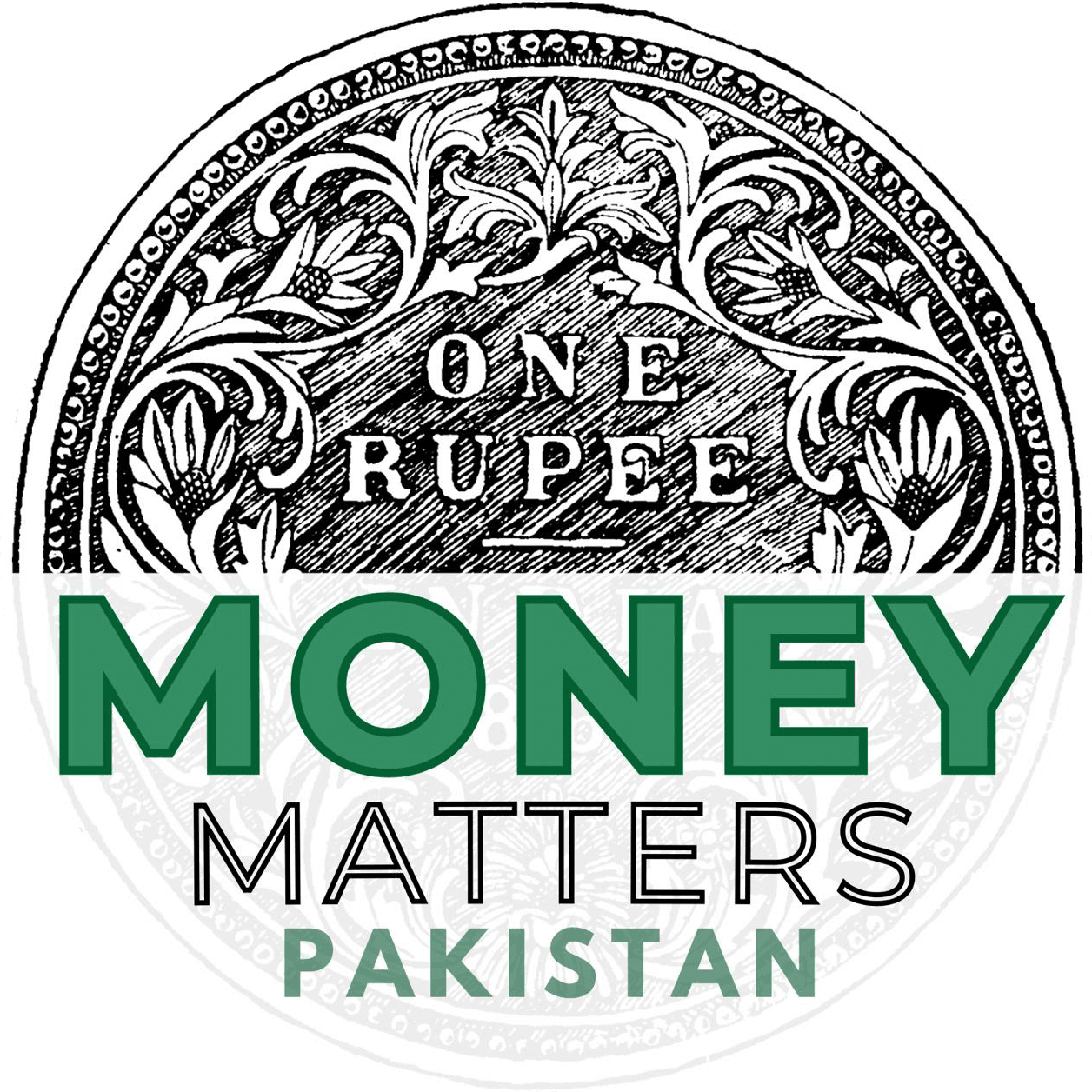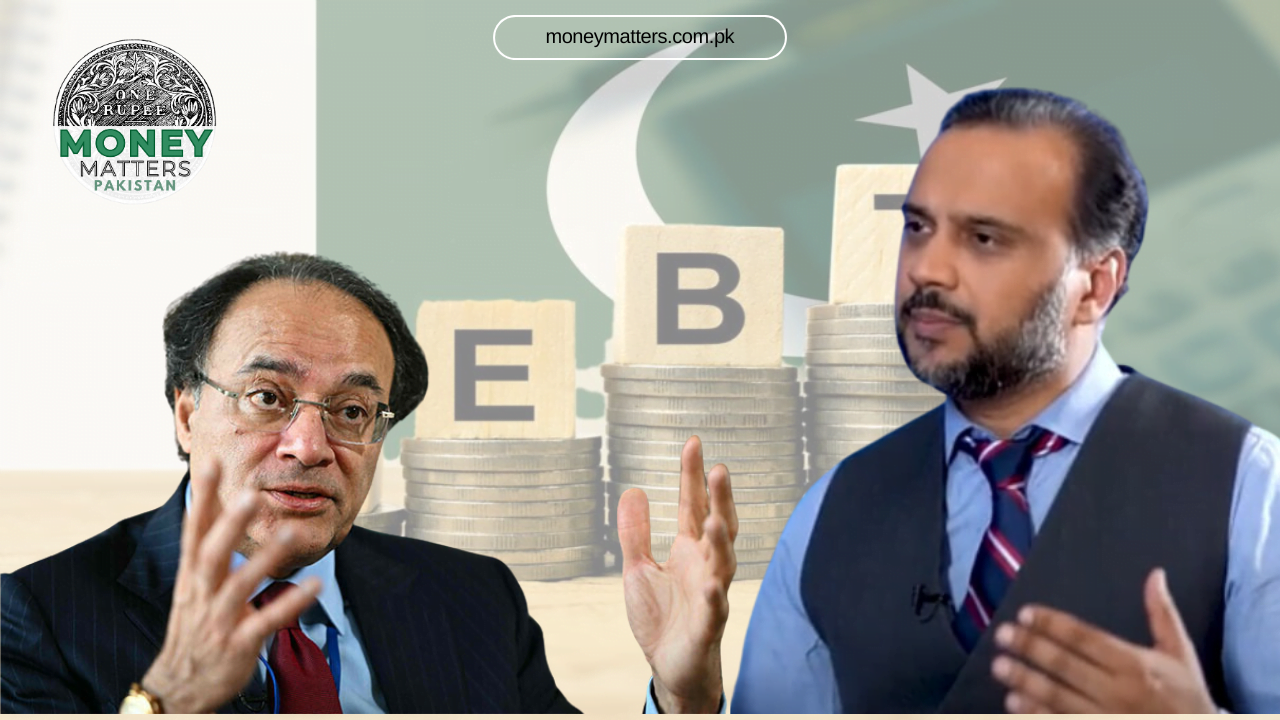Key Takeaways:
– Pakistan faces severe debt challenges, with significant repayment obligations and minimal foreign exchange reserves.
– High interest rates and debt repayments consume a large portion of the national budget, leaving little for social spending.
– The situation could lead to severe economic and social consequences if not addressed promptly.
A Canary in the Coalmine
Murtaza Syed, a former acting governor of the State Bank of Pakistan, draws attention to Pakistan’s precarious debt situation in a recent Financial Times article. He highlights that nearly 60 countries worldwide are struggling with debt while also needing to invest in development and manage climate change risks. Syed emphasizes the critical need for debt relief and transparency in such scenarios.
Debt Sustainability Risks
Syed explains that Pakistan’s debt sustainability is at high risk due to significant financing needs and challenges in securing external funds. He notes that rising real interest rates will worsen the debt dynamics in the coming years. The International Monetary Fund (IMF) indicates that Pakistan will need to repay an average of $19 billion annually over the next five years, which exceeds half of its export revenues. Additionally, the country will require at least $6 billion yearly to cover minimal current account deficits.
Heavy Interest Burden
Murtaza Syed points out that Pakistan will need to allocate an average of 6.5% of its GDP annually to pay interest on its debt. With a total tax revenue of only 10% of GDP, this heavy interest burden leaves little room for essential social spending. Currently, Pakistan spends almost three times more on interest payments than on education and nearly six times more on interest than on health.
Impact on Social Spending
The significant portion of the budget dedicated to interest payments severely limits resources available for social spending. Syed underscores that social spending is crucial for enhancing skills, improving job quality, and attracting foreign investment. He notes that Pakistan invests just 12% of its GDP, far below the level necessary for sustained growth.
Murtaza Syed points out that Pakistan will need to allocate an average of 6.5% of its GDP annually to pay interest on its debt. With a total tax revenue of only 10% of GDP, this heavy interest burden leaves little room for essential social spending.
Call for Action
Syed warns that the consequences of ignoring these issues could be severe. He criticizes the approach of “extend and pretend,” where the government continues to defer addressing the debt crisis. This strategy, he argues, imposes unbearable austerity on the population and could lead to social unrest, similar to recent events in Kenya. Syed calls for immediate and transparent actions to address the debt situation and avoid tragic outcomes.




